Step-up Exercise
What is a Step-up Exercise?
The step-up is a basic but extremely efficient lower-body strength training exercise that works the muscles in the legs and buttocks. It requires taking one leg at a time to ascend onto or step down from an elevated platform. This workout uses your body weight plus extra weights for resistance, simulating the motion of ascending steps.
Step-up workouts are frequently used in fitness regimens to increase balance, strengthen the lower body, and work many muscle groups at once. They may be adapted to individual interests and goals, as well as a variety of exercise levels. In this session, We will discuss the advantages, appropriate forms, modifications, and safety issues related to the step-up exercise.
Introduction
This lower-limb training activity is well-known. In this post, we’ll go over how to do it, which muscles to train, how to help, what precautions to take, and several variants to level up your game.
Step-ups can be performed by standing in front of the steps or by utilizing a little step stool. Elevate your body onto the step mainly using your lead foot. Proceed back to your starting point after that.
Step-ups should be performed with a straight spine and firm abdominal muscles. It’s also okay to begin with a low step height. Your form is more important for this workout than the height of your steps. For each repetition of this exercise, alternate which foot is your lead foot. Depending on your level of fitness, perform as many repetitions as you can; stop when you become fatigued or your form begins to degrade.
Muscle trained
Except for when you use a weight, the step-up mostly trains the legs and core with only a small amount of upper limb participation. The step-up specifically works these muscles.
- Glutes: The hip is in flexion, thus your glutes expand to assist you in standing up.
- Quadriceps: During the Step-up, the Strong force of the Quadriceps is used to complete the step.
- Hip Adductors: aid in hip flexion and provide stability to prevent the knee from falling inward.
- Hamstrings: aids in hip extension for the glutes, and their strength at the eccentric angle improves your lower body control.
- Calves: Although there is a small plantar flexion involved in the step-up, your calf muscles are always contracting to keep you balanced on one leg.
Health Benefits of the step-up exercise:
The best part about this workout is that you can add weight once you’ve mastered the bodyweight step-up. Increasing the load will improve unilateral strength, promote better muscle growth between the sexes, and facilitate stair climbing.
- Enhanced Single-leg Balance: Stepping up and down on one leg while regulating yourself can improve your proprioception, or sensation of attention in space and your stability. You’ll also be more attentive since the last thing you want is to stumble in front of the whole gym membership.
- Better Muscle Development And Unilateral Strength: Although most of your growth is made in bilateral activities, which are fantastic, sometimes they mask imbalances in strength and muscle between the legs. Step-ups, for instance, are single-leg workouts that enhance the growth of the glutes and quadriceps muscles while supporting these imbalances.
- Accessible And Easily Progressed: Lifters of all skill levels may easily work out with step-ups as all you need is a box, bench, and some weights. It requires less instruction and is less technologically complex than barbell squats and deadlifts. Additionally, it is readily moved by using heavier weights and boosting the height of the box.
- Easier on the Lower Back: This exercise, like other single-leg exercises, puts less strain on your spine since it has a modest compressive force. Additionally, because of the unilateral disposition, like in the case of Romanian deadlifts and back squats, you do not require as much weight to have a training impact.
- May Improve Your Barbell Squat: One method to get around the barbell squat’s common weakness—growing slowly or getting stuck in the hole—is to increase leg force. Split and break squats are excellent choices but don’t undervalue the step-up. Another exercise that can help you increase your leg drive is the step-up, which emphasizes your glutes and quadriceps as well as your capacity to load up.
Step-Up Exercise Form Tips:
Stepping up and placing your foot on a box makes it appear as though nothing is there. Yes, this is correct, but to maximize the benefits of the step-up, there are specific guidelines that must be followed.
- Choosing Your Box Height: One common guideline concerning box height is that your knee should be at a 90-degree angle when your foot is on the box. If you are new to the sport or have knee difficulties, it is recommended that you go up to a shorter box. It’s also a fantastic idea to raise your box height so that your knee is a little higher than your hips when you feel very daring.
- Increased range of motion opens up new opportunities for muscular growth. However, it would be most helpful if you wrote a few pieces. First off, your anterior and posterior cores suffer when your trunk leans too forward. You should just draw attention to your quads and glutes rather than your lower back. Secondly, you run the risk of your hips or knees misaligning as you try to take a higher step. Keep your range of motion within your control and it should not provide any problems.
- Control The Eccentric: It’s common, particularly when fatigued, to let your rear foot sink to the ground and deteriorate in an attempt to manage the eccentric contraction. This is not only bad for your joints, but it also prevents you from building muscle and strength. Have you ever tried to manage the step-up’s falling portion?
- Let The Front Leg Do The Work: To assist your quadriceps and glutes expand, the front leg should do the lifting at the end of the step-up. However, there may be a tendency to push off the rear leg as the weight increases and the lifter gets fatigued. If this is done, the lead leg will feel more comfortable, but you will utilize more speed and have less front limb strain.
Step-Up Programming Suggestions:
Step-ups are an additional workout that can assist with side imbalances and increase muscular growth, but they should not be mistaken for continuous strength training. Nobody takes pride in their maximum step-up of one rep.
For Hypertrophy: For hypertrophy, three to four sets of eight to fifteen reps on each side work well when paired with another glute or quad workout.
1A. Increase the weight and do 10 to 15 repetitions on each side.
1B. Hip Thrust with Bodyweight: 10–20 Reps
For endurance: Use body weight or a small load to feel the burn throughout two to three sets of fifteen to twenty repetitions on each side. This works great when combined with a base workout since your heart will be racing afterward. As an illustration:
1A. Step Ups: 15–20 repetitions per side
1B. Ten repetitions of passive leg lowering on both sides.
How to do the step-up exercise?
- Make sure the surface is level.
- either completely weighted or spaced around a foot from the box.
- Place your whole lead foot on the box, toes pointing front.
- To get up, step through your lead foot. Stand up and squeeze your glutes forward to stretch your hips.
- You can press your inactive leg onto an elevated knee, balance on one leg, or place another foot on the box once your knee has been lifted.
- With the non-lead leg, take a modest step down, reset, and repeat.
Variation of step-up exercise:
Dumbbell step-ups
Level: Beginners to Advanced
Equipment needed: Step or plyo box dumbbells
- your central nervous system tenses up.
- When using dumbbells, grasp them with both hands.
- Place your right foot on the box’s base while you push through it to lift your body off the ground and place your left foot on the platform.
- During push-ups, concentrate on flexing your glutes and maintaining a straight spine.
- Reposition your left leg on the earth.
- Once the repetitions are finished, you can swap or rotate between legs.
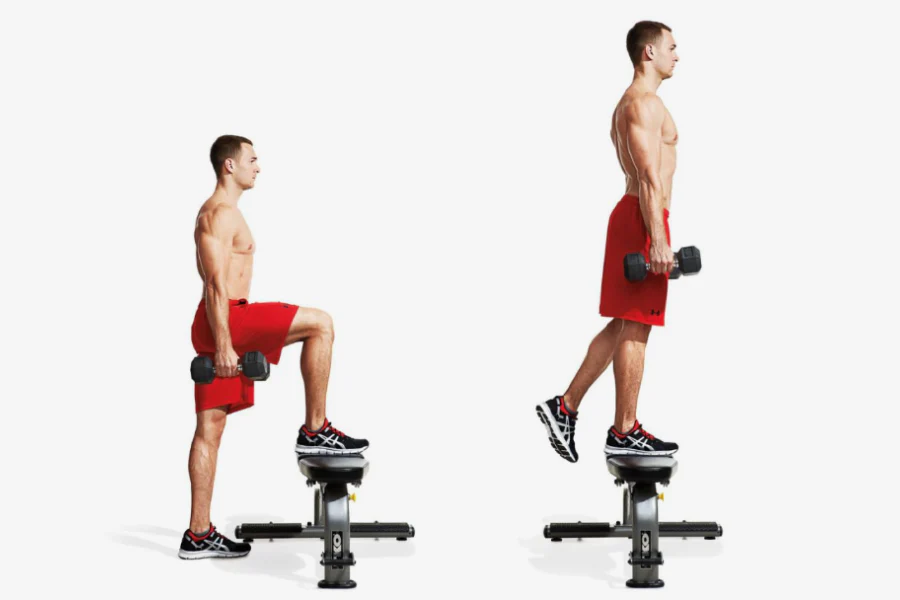
Barbell step-ups
Level: Intermediate to Advanced
Equipment: Step, plyo, or barbell-equipped squat rack
Barbells are a great tool for introducing developed overload since weekly weight increases are possible.
- Make sure the box or step is in front and the barbell is adjusted beneath the rack so that it rests just below shoulder height.
- Do tasks in front of the barbell. Place it on your shoulders while holding it with both hands. To unrack the barbell, step up to stand in front of the box and assume an arrogant stance.
- Constrict your abdomen and adopt a haughty demeanor.
- focused on using your glutes to drive motion by tightening them.
- In a smooth, steady action, return your left foot to the ground gradually.
- Switch sides once you’ve completed the required amount of repetitions.
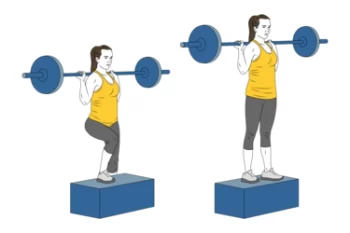
Side step-ups
- Make sure to manage the descent rather than giving up as you lower your left leg back to the ground.
- Plant your right foot firmly on the earth. It has only ever occurred once.
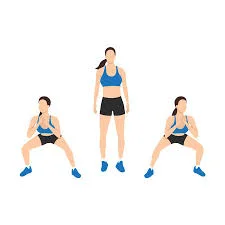
Common Mistakes
Avoid these blunders to get the most out of this workout while also minimizing your chances of injury.
Knee Passing Toes
Keep your good leg’s knee in mind when you step up, and try not to force it past your toes. Excessive forward knee movement modifies the muscles used and increases strain on the knee joint.
Knee Out of Alignment
The knee of your healthy leg should cross over your second and third toes.
Making Up With Lower Leg
Generally, throughout the exercise, which should begin with the higher leg, the following leg should be elevated as dead weight. The strain on the leading limb is decreased when the lower leg is stressed.
Rounding the Back
To avoid putting too much strain on your knee joint, you might need to slant forward a bit. Keep your trunk as straight and erect as you can while performing, and make sure your chest is up instead of hunching your back.
Safety and Precautions
If you have had an injury or an illness that affects your knees, ankles, or hips, see your doctor or physical therapist to determine if this exercise is right for you. During this exercise, you will feel your muscles being used; however, stop if you experience any discomfort in these areas.
Start this exercise with a step closer to the floor if you’re not using any weight. Step-up motion speed is mostly determined by your goals and the kind of exercise you are doing.
You can get great aerobic exercise by moving quickly, completing multiple reps in each set, and doing step-ups with little or no weight. As you add weight, you will most likely slow down the movement due to safety and difficulty concerns.
Wearing weightlifting shoes is advised by trainers for anybody using weights for exercise.
FAQ
How many step-ups per day should I perform?
For muscular growth, try two to three sets of eight to ten reps on each leg with a medium weight.
To enhance balance, try two sets of five to eight repetitions at a very slow pace.
Without adding weight, beginners should strive for two sets of 10 repetitions.
Does stepping up burn fat?
Generally speaking, step-ups can be used for any or all of the following: Become more muscular in your lower body. Build up your muscles. (If your workout regimen and nutrition are appropriate for losing weight) fat reduction.
Are step-ups advantageous?
Consider a few benefits of including step-ups into your regular workout routine. Step-ups can help build stronger legs. Step-ups work the muscles in your lower body, such as your glutes, adductors, hamstrings, and quadriceps. Strength disparities can be compensated for using step-ups.
What occurs if you perform step-ups daily?
Step-ups strengthen your adductors, glutes, hamstrings, and quadriceps, among other muscles. Because they engage your body on several levels, they challenge your lower body strength in a way that standard workouts like squats and lunges don’t.
References:
- Tirgar, P. (2023, December 13). Step-up Exercise – Benefits, Muscle worked, How to do? Mobile Physiotherapy Clinic. https://mobilephysiotherapyclinic.in/step-up-exercise/
- Ms, E. Q. (2024, June 2). Weighted Step-Ups: Proper Form, Variations, and Common Mistakes. Verywell Fit. https://www.verywellfit.com/weighted-step-up-exercise-3120001


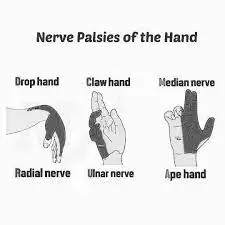
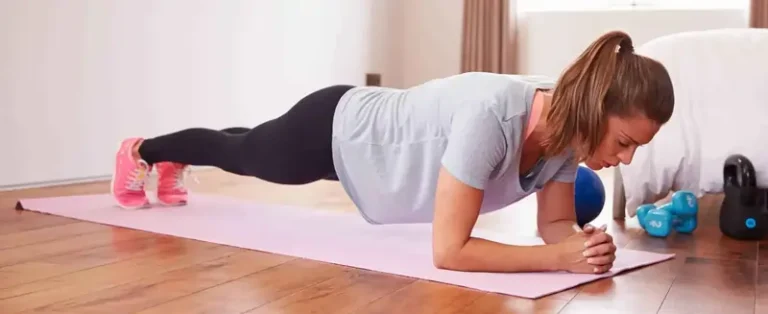
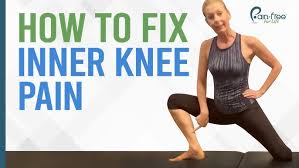
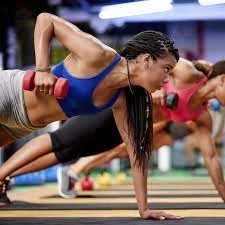
One Comment